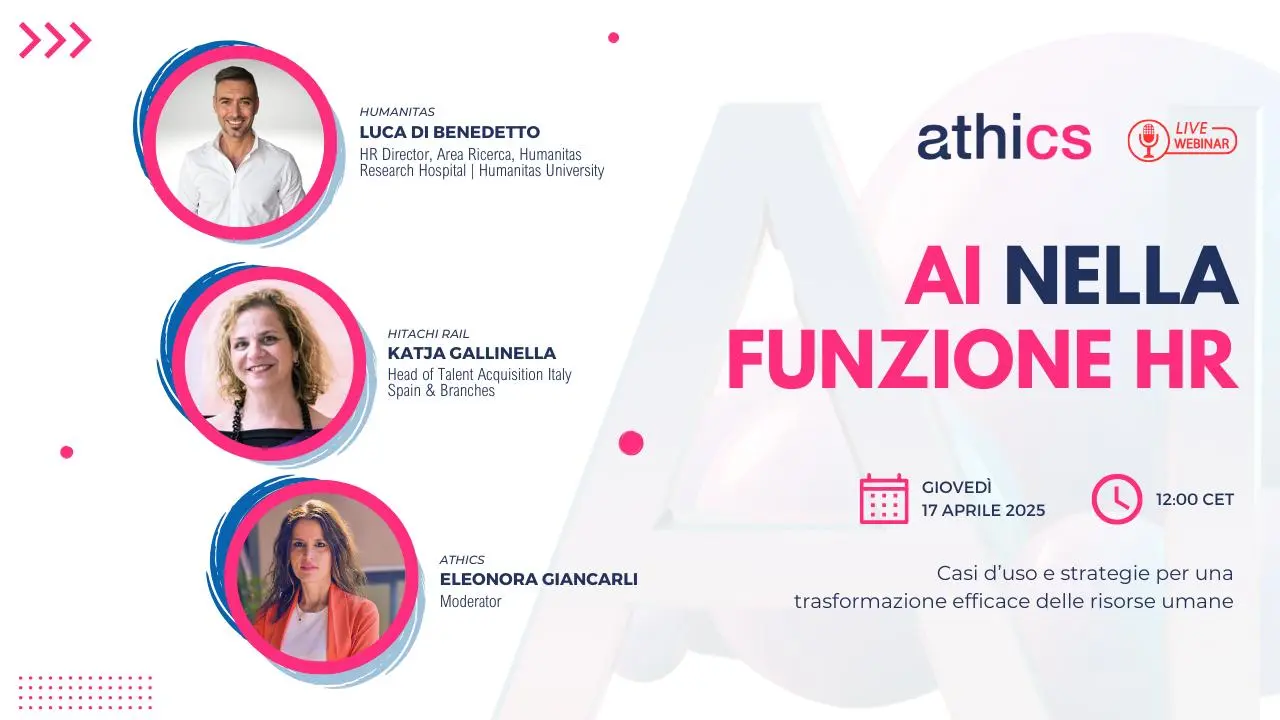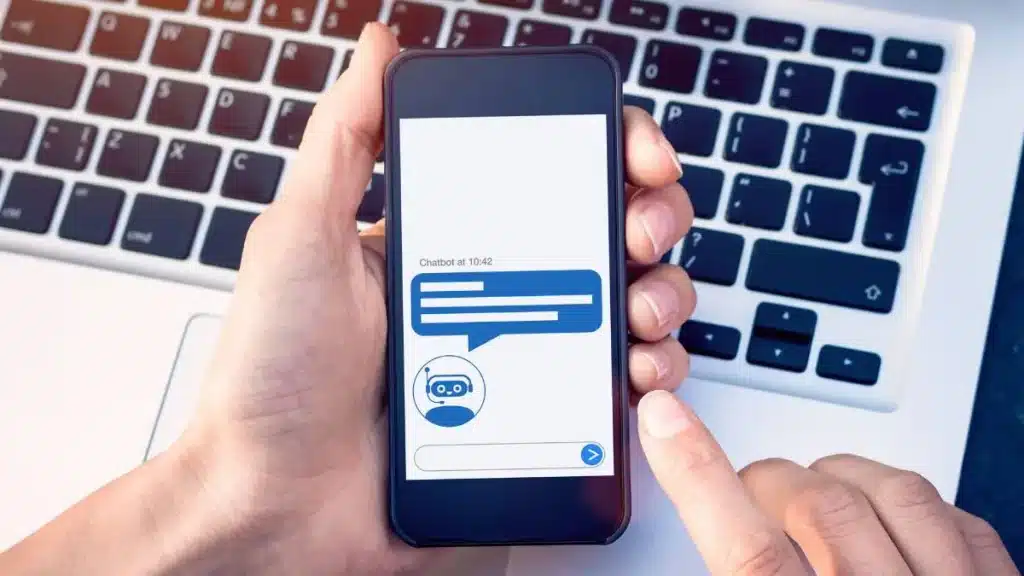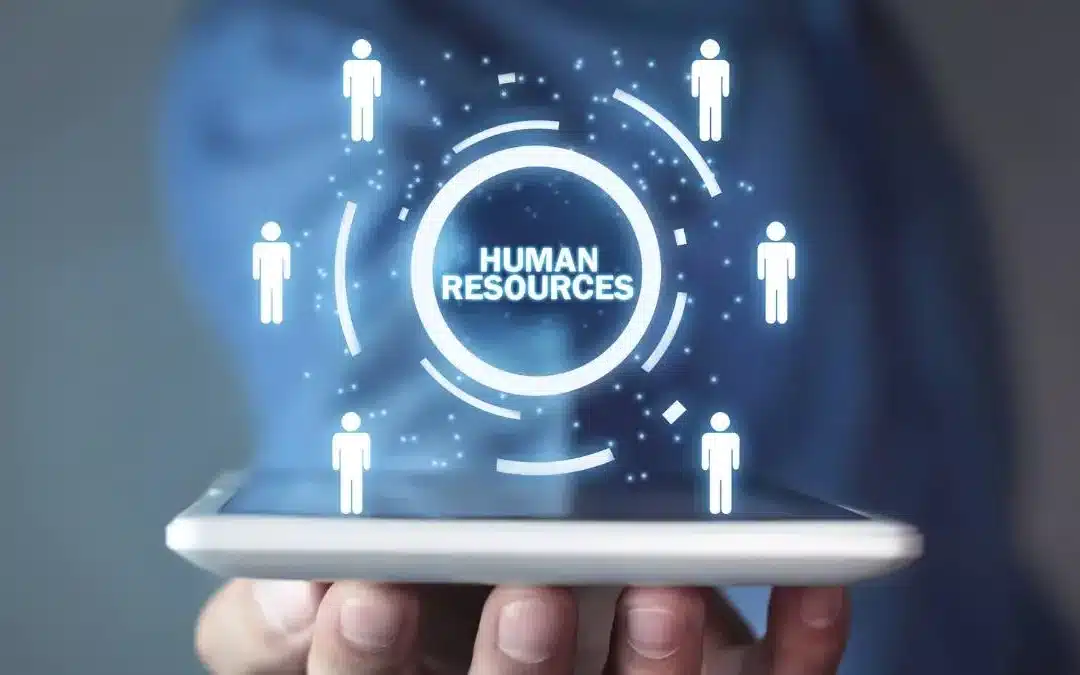The combination of artificial intelligence and human resources is no longer the juxtaposition of two apparently distinct dimensions, but a concrete transformation process that is redefining HR processes, from recruiting to onboarding, from training to welfare management.
Artificial intelligence is radically changing the HR function, transforming processes, tools and – above all – the way we put people at the center.
We talked about it in the webinar “Artificial intelligence in the HR function” with two professionals who experience this transformation every day:
Katja Gallinella, Head of Talent Acquisition Italy, Spain & Branches
Hitachi Rail
Luca Di Benedetto, HR Director, Area Ricerca di Humanitas Research Hospital, Humanitas University

Artificial Intelligence and Human Resources: It’s Not Just a Matter of Technology
Combining AI and human resources is no longer an option: it is a priority. But it is not (just) a matter of tools: it is a cultural and managerial challenge. As a quote from Hofstadter shared by Katja Gallinella reminds us it’s the human part that makes the difference.
“Computers are by their very nature the most rigid, desireless, and obedient beings there are. However fast they may be, they are nevertheless the very essence of unconsciousness.”
We therefore need conscious governance that can:
- guide change and support cultural transformation;
- clarify where AI can be useful, and where it cannot;
- help people develop new skills and adopt an open mindset towards innovation.
From Automation to Relationship: How the Role of HR is Changing
AI does not replace the HR function, it enhances it. It frees up time from repetitive tasks and allows HR professionals to focus on what really matters: listening, relationships, growth, well-being and user experience, as underlined by Luca Di Benedetto:
“User experience is central. We need HR process design built on the eyes of those who experience them, not just those who manage them.”
In this sense, AI also allows a paradigm shift in recruiting: it is no longer the company that chooses the candidate, but the candidate who chooses the company. Artificial intelligence and human resources can help make this meeting more transparent, coherent and inclusive.
ARTIFICIAL INTELLIGENCE AND HUMAN RESOURCES: use caseS

During the webinar, the two speakers shared projects and use cases applied to artificial intelligence and human resources.
As explained by Katja Gallinella, Hitachi Rail, a leader in sustainable mobility and part of the global Hitachi ecosystem, integrates a strong vocation for digital and technological innovation into its DNA. In Italy, the HR team is already using advanced tools such as Copilot to simplify daily activities and has recently launched the Talent Solution project, which marks a significant evolution in the approach to artificial intelligence and human resources. The project addresses two key challenges: supporting professionals in the search for opportunities in line with their profile, thanks to an AI system integrated into an intelligent chatbot, and offering young talents – students, recent graduates and early career – a channel for spontaneously sending CVs, analyzed for future selections. The goal is twofold: to improve the candidate experience and make the work of the Talent Acquisition and HR Business Partner teams more efficient. The system suggests roles in line with the CVs received and asks questions oriented to company values, favoring a more targeted selection consistent with the company culture. A solution that not only optimizes the recruiting process, but reflects the innovative and pioneering soul of Hitachi Rail in talent management.
On the other hand, Humanitas has introduced, in collaboration with Athics, a conversational AI agent to support the HR onboarding process, integrated on WhatsApp. This multilingual chatbot allows new hires to interact directly via the messaging app, obtaining practical information and experiencing a fluid and personalized user experience. At the same time, HR can collect in a structured way the data needed to prepare the contracts, organize the onboarding path and correctly profile the candidate, also identifying training needs and preferences.
The result is a faster and more effective onboarding: a process that previously took about 15 days has been reduced to a few hours.
Facilitating the integration between artificial intelligence and human resources
While it is true that AI brings efficiency and innovation, it is equally true that it can generate curiosity, but also uncertainty among employees. This is why it is essential to accompany the introduction of these technologies with targeted training, awareness and support.
In this sense, the role of HR is key: facilitating the adoption of AI, but also helping people understand its risks, limits and potential.
WHAT ABOUT THE FUTURE?
Looking to the future, the combination of artificial intelligence and human resources is set to become increasingly strategic. According to our speakers, the most promising lines of development include the use of predictive analytics to anticipate people’s needs and behaviors, the personalization of the employee experience – from career paths to training – and increasingly intelligent recruiting, capable of making selections quick, inclusive and targeted. AI also enables advanced automation even in the most complex processes and offers new tools to monitor well-being and engagement in real time.
The framework is set by two essential pillars: ethics and security, which must guide every choice of technological governance.
The human part remains central, as Katja Gallinella concluded:
“Artificial intelligence is not just a technology. It is a lever to redesign the way we work, select, train and build relationships in the company. And the real value is not in the algorithm, but in the people who govern it.”

